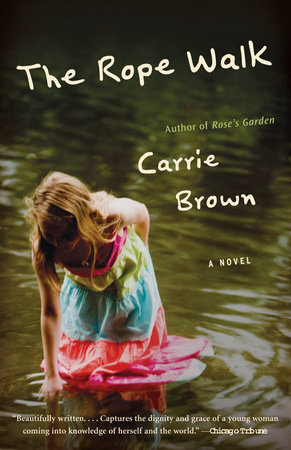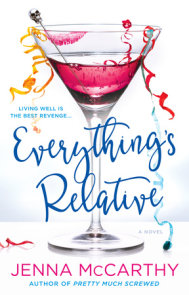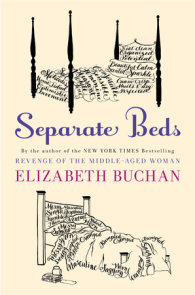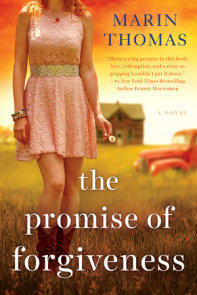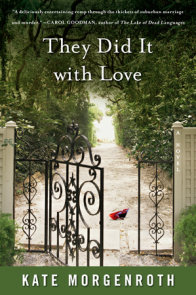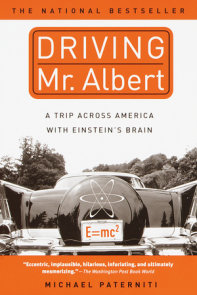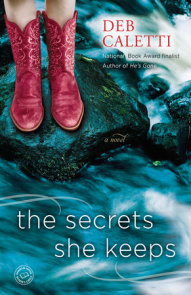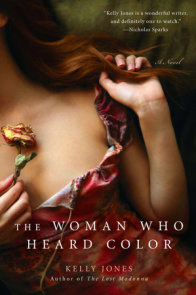READERS GUIDE
“Beautifully written. . . . Captures the dignity and grace of a young woman coming into knowledge of herself and the world.”—Chicago Tribune
The introduction, questions, and suggestions for further reading that follow are intended to enhance your group’s discussion of The Rope Walk, Carrie Brown’s powerfully evocative coming-of-age story that unfolds over a crucial summer in the life of a young New England girl.
Introduction
The Rope Walk is a luminous coming-of-age story that unfolds over a crucial summer in the life of a young New England girl. At her tenth birthday party, Alice meets two people unlike any she’s ever known: Theo, a mixed-race New York City kid visiting his grandparents for the summer, and Kenneth, a famous artist with AIDS who has come home to convalesce. Alice and Theo form an immediate bond and are soon drawn to the magisterial artist. But Kenneth is losing his eyesight, and when Alice and Theo begin reading aloud to him from The Journals of Lewis and Clark, they decide to embark on an adventure of their own, with unexpected results.A Message from Carrie Brown:
A child’s devotion to what is right and to old-fashioned ideas of heroism is profoundly powerful, and it has been a pleasure to live alongside Alice and Theo, to describe their moral courage, their empathy, their hopefulness. For all that, a coming-of-age story usually necessitates discovering something unfortunate, but I think The Rope Walk is a book about light, not about dark. It was wonderfully enjoyable to write (one can’t always say that about writing a novel, it seems to me!). I hope it has given you as much pleasure to read as it gave me to write.
Questions and Topics for Discussion
1. The Rope Walk is told from the point-of-view of a 10-year-old girl. Why has the author written a literary novel for adults from this viewpoint? Does the novel make you reminisce about your own childhood?
2. Describe the similarities and differences between Alice and Theo. Why are they drawn to each other, and why do they become such good friends?
3. In what ways does the author stress the importance of stories, literature, and art in our daily lives in The Rope Walk? What is the importance of collective family stories, particularly those about Alice’s mother? How do stories give meaning to Alice’s experience?
4. How is the landscape—the trees, the river, the garden—crucial to this story? How has the physical environment of this small Vermont town helped form the child that is Alice? Why does Theo adapt so well to Vermont even though he is a city boy?
5. Alice meets Theo and Kenneth on her tenth birthday and through them is confronted with issues of race and AIDS. How does befriending these two influence Alice, and what do they teach her about the larger adult world?
6. Why does Kenneth enter Alice and Theo’s lives so suddenly and prominently? How is he different from the other adults around them? How does the presence of these children affect Kenneth?
7. Why do the children choose to read The Journeys of Lewis and Clark to Kenneth? How does this choice influence the children and the course of the novel?
8. Why do the children decide to build a rope walk for Kenneth? Why and how do they keep it a secret from everyone?
9. Though Alice and Theo are motherless during the course of the novel, how do their mothers and memories of their mothers influence their lives? How does the absence of mothers affect both Alice (who has never known her mother) and Theo (who is temporarily removed from his)?
10. Father and daughter annually walk down to the river together—“This was their tradition on her birthday, a tradition begun by Archie for Alice alone [p. 63]. “The Rope Walk is filled with family rituals and traditions. How are these important in giving Alice a sense of her world and of her purpose in it?
11. What kind of home environment do Alice’s father and her brothers create for her? How does she, so much younger than everyone else and the only female, fit into the household?
12. In what ways does this novel remind you of the importance of play and the imagination in childhood? Do you think Alice’s father should have reined the children in before the accident happened?
13. Do you agree with Archie that writing about something is the only way to learn it? What do you think of the “letters of apology” that he makes his children write?
14. Pieces of furniture in Alice’s house have names and memories attached to them as if they were members of the family. Describe the connection between the house and the family. Contrast Alice’s house with the Fitzgerald house.
15. Death appears throughout The Rope Walk in various forms—Alice’s dead mother, the dying figures of Theo’s grandmother and Kenneth, the frozen deer. How do the two children approach and accept death? Do they understand it?
16. Alice captures photos with an imaginary camera throughout the novel. Why? What happens when she eventually finds her mother’s old camera?
17. Though there are references to the year 2005 and to various news events, the novel has a sense of timelessness. How does the author achieve this, and what do you think her intention was?









